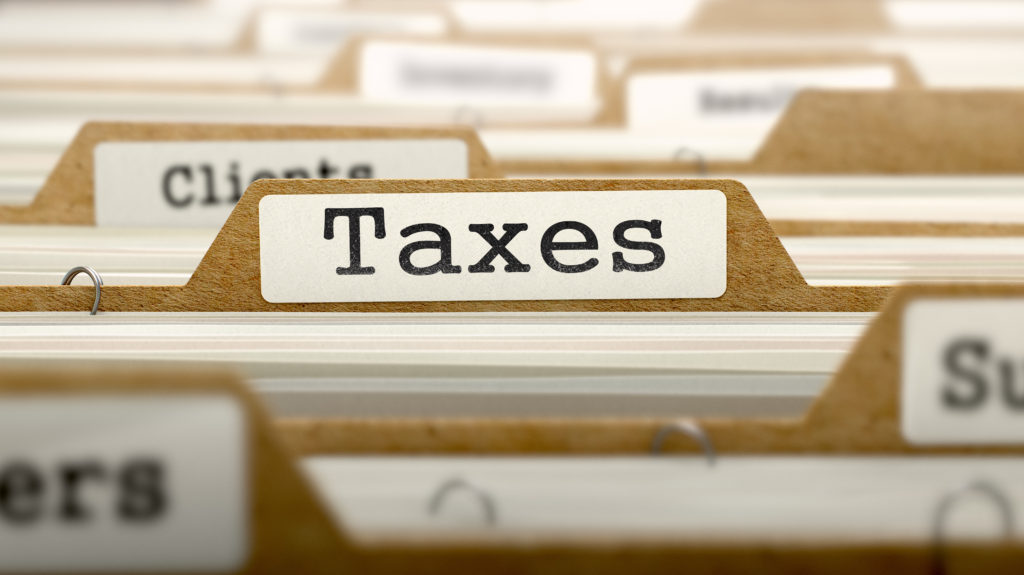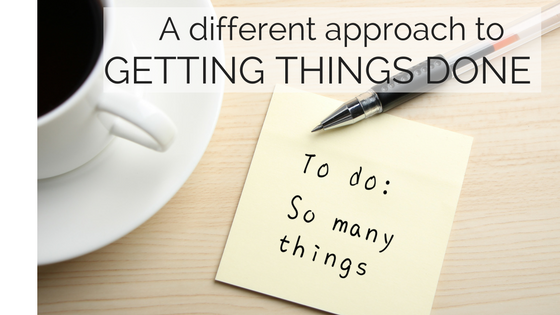
Two Magic Words for Productivity: Clarity and Priority
Since time is limited and the things we plan usually take longer to complete than we anticipate, setting PRIORITIES is critical, or we’ll never feel truly successful – there’s always something else we ‘should’ have accomplished.
Sometimes, the Big Picture is just too big! When we begin thinking about everything, it’s easy to feel anxious (and go into avoidance mode). But when we set aside planning time to decide our key goals and prioritize them, we gain direction and lessen anxiety. This also helps us to be more realistic about what can truly be accomplished in a given time period.
So ask yourself, “What are my PRIORITIES – for today (now), this week or next (soon), in the near future (later) or for now, (whenever).” Priorities change; some get moved up, some pushed back and others deleted, so a weekly Planning/Review Session is helpful. This can be with yourself, but also with your spouse or partner for family and home matters, or with your boss or staff for work-related issues.
Without clarity, which requires prioritization, we’re in that state of confusion or overwhelm that holds us back from doing anything completely or efficiently. With clarity, knowing our priorities, we can more easily put on those blinders to block out distractions, whether external or internal. (A good reason to keep your Parking Lot list handy, so when those distracting ideas, should-do’s, etc. pop up and potentially take you off-task, you can capture, but not get caught up by them.) This clarity drives action and increases productivity.
Once we know what to do, it’s important to decide how we’ll get it done. That’s where project management becomes critical to success. Project management may sound complicated and overkill, but it is a simple way to make it easier to get even fairly simple jobs done.
Many to-do’s, including some that at first glance seem easy, may require a multitude of specific tasks. They are actually projects, not tasks! Even something as seemingly uncomplicated as ‘Clean your room’ can leave some people confused or even overwhelmed, which makes it a job likely to be avoided. Breaking it down into steps and writing down those steps helps make the job more do-able.Leave a space for adding a checkmark as it gets done!. If you are giving chores to young children, use graphics in addition to words on the checklist. Verbally telling someone the items on a list is a recipe for failure, as is trying to remember every step. Most people, especially those with ADHD or Executive Function (EF) challenges, cannot retain much more than one or two steps in their short term memory.
Consider ‘Clean your room’ vs. having a checklist specifying: ‘Pick up any trash and discard it… Bring any dishes to the kitchen… Pick up your clothes and put the dirty ones in the hamper… Hang up or fold the clean ones… Put the comforter over your bed, etc. BTW, this is why many people get overwhelmed by the idea of decluttering; they lump everything together, making it totally challenging to do. We can only accomplish one task at a time, and the smaller, the better!
That’s why project planning is so critical to success (as much as we may dislike the specificity that planning entails!). One minute of planning can save as much as 20-40 minutes of action – or inaction. So unless we take the planning time to spell out each of the individual tasks the project requires (tasks being single-focused actions that can more easily be accomplished in a single time block), and in what sequence we’ll ‘attack’ those tasks, we risk feeling overwhelmed.
And what happens when we’re overwhelmed? On the neurological level, our protective amygdala perceives it as a threat, kicks in and takes over from our rational frontal lobes/executive function brain. Instead of tackling our project, we’re more likely to go into the ‘fight, flight or freeze’ response where avoidance rules. Not very helpful for getting things done!
So the more specific we are about what we are going to do and when we plan to do it (clarity and priority), the more likely that we’ll successfully accomplish our goal.
A simple example of how clarity makes a difference: “I want to go to the gym on Wednesday” vs. “I’m going to the 11:15 Intro to Pilates class, so I’ll have to leave at 10:45.” Which statement is more likely to produce results?












